The countdown of the greatest American movies ever made continues…
- Thief (1981)
I come here to discuss a piece of business with you, and whadda you gonna do? You gonna tell me fairy tales?
Writer/director Michael Mann’s first feature film is still his best; a brilliant character study disguised as an extremely entertaining (and intelligent) heist film.
One of the great directorial decisions of all time was Mann having James Caan suppress the edgy explosiveness that made James Caan James Caan. The dynamic this adds to a character who believes the only way to survive against all odds is to burn everything he loves down, not only gives Caan the best role of his career, but one of the finest monologues of all time.
See also: Heat, Manhunter, Miami Vice, Collateral, The Gambler.
But I tried, didn’t I? Goddamnit, at least I did that.
Jack Nicholson won a no-brainer Oscar for his astonishing work as Randle McMurphy, a free spirit crushed by the ultimate fascist power of the state.
Because he likes women and sports and fishing and drinking, and doesn’t believe bureaucrats should confiscate and control the distribution of what belongs to others (in this case, cigarettes), McMurphy is destroyed by a system that uses majority rule to take away the rights of the individual.
Oscar-winner Louise Fletcher is unforgettable as Nurse Ratched (what a great character name), a humorless, brittle, passive-aggressive authoritarian, who disguises her hatred of freedom’s messiness behind the placid face of a bureaucrat who knows what is best for you.
Any of this starting to sound familiar?
Isn’t that the idea? To build a better mouse trap?
Not if you’re a mouse.
The title of Francis Ford’s Coppola’s best movies do not have the word “Godfather” in them.
Based on a true story, Tucker: The Man and His Dream boasts not only a brilliant performances from Jeff Bridges and Martin Landau, but an always relevant exposé (and the best yet captured on film) about the ongoing crony capitalism between the American government and Big Business.
Because large corporations fear nothing more than competition and disruption, and because it works on their behalf to strangle entrepreneurial competition in the womb using the weapons high taxes and excessive regulation, government in the hands of statists is the best friend big business ever had.
This is a truth that cannot be told enough, and Coppola tells it with effusive brilliance.
- Chilly Scenes of Winter (1979)
If I make you feel terrific, will you marry me?
One of those rare movies that actually improves on what was already a very good book, in this case Ann Beattie’s debut novel about an average Joe grappling with the harsh reality of being in love with a married woman. Director Joan Micklin Silver captures the novel’s evocative time, mood, and place perfectly — winter in Utah and the mundane life of a Salt Lake City bureaucrat. But whereas the book gave us a happy ending (as did the first release of the film, which flopped as Head Over Heels), Silver’s final, and ultimately successful cut delivers a closing that is much truer to what came before, more poignant and unforgettable.
The late John Heard is perfectly cast as Charles, the heartsick bureaucrat unable to get over the married Laura (a superb Mary Beth Hurt). When they meet, she has just separated from her lunk of a husband and the two of them quickly move in together. Her guilt over a failed marriage and belief that Charles loves her too much (which is not altogether untrue), means that Charles not only loses the woman he loves, but now has to live with the unbearable memory of just how good it was when they were together.
Gloria Grahame, Kenneth McMillan, Peter Riegert, Mark Metcalf, and Norah Heflin, round out a superb supporting cast of characters who are so real you instantly relate to their complicated but affectionate relationship with our put-upon protagonist.
Both of these female creators (Beattie and Silver) behind this little-known masterpiece (a favorite of TCM’s Robert Osborne) reveal a deeply insightful but still sympathetic understanding of the imperfect men left behind by the women they love. Also found are the textures that make up the everyday life of everyday people: the disruption of family, the hassles of home ownership in winter, the banal necessity of holding down an uninspiring job, and how The One Who Got Away never really goes away.
- Badlands (1973)
Suppose I shot you. How’d that be?
While writer/director Terrence Malick remains the most overrated auteur in movie history, his debut feature is still a stunner. Badlands is based on, and surprisingly faithful to, the real-life story of Charles Starkweather and Caril Ann Fugate, two teenagers who, in late 1957, went on an 11 person murder rampage throughout Nebraska and Wyoming.
Martin Sheen plays Kit Carruthers, a frustrated 25 year-old garbage man who, like Starkweather, has a thing for James Dean. Sissy Spacek is a marvel (especially her voiceover) as 15 year-old Holly — a girl driven to crime (and to Kit) mostly out of boredom.
Like Bonnie and Clyde, Starkweather and Fugate entered the realm of myth. Unlike Bonnie and Clyde, Starkweather and Fugate would achieve something even more disturbing: modern celebrity. Malick’s perfectly calibrated tone and pace brings this theme home in a way you can never quite shake.
- The Mechanic (1972)
Murder is only killing without a license.
Written off as just another Charles Bronson grinder, director Michael Winner’s character study of an aging assassin is one of those rare commercial films that doesn’t even try to make its protagonists sympathetic.
Bronson is a stone-cold sociopath who never “saves the cat.” Instead he does things like test his apprentice by seeing if the young man is willing to let an innocent girl bleed to death. That apprentice, Jan-Michael Vincent, is also a stone-cold sociopath, and The Mechanic is a brutally fascinating trip through the tricks of the assassins’ trade.
There is no way for an outsider to ever know if Winner accurately captured the world of this emotionless subculture. What matters is that you feel as though he has.
From the mostly silent (and dazzling) opening 10 minutes, straight through to the double-twist ending, The Mechanic proves that genre films can rise to the level of the legitimate masterpiece.
See also: Death Wish I-V, The Stone Killer, Mr. Majestyk, Breakout, Telefon, Death Hunt, 10 to Midnight, The Evil That Men Do, Murphy’s Law.
- Shaft (1971)
I sell broads and dope and numbers. You sell crap, and blue sky. It’s all the same game.
At the time director Gordon Parks was credited with kicking off what became known as the Blaxploitaton genre and delivering America’s first black action hero. And deservedly so. More than 45 years later, Shaft has aged into something even more exquisite.
Shot mostly on-location, few movies capture their time and place better. Moreover, watch it again and you will discover that Shaft really is not about race. That is what so many of its imitators never understood. As personified by star Richard Roundtree, John Shaft is the ultimate outsider, not because he’s black, but because he is an outspoken and unapologetic member of the smallest and most vulnerable minority in the world — John Shaft is his own man.
The Oscar-nominated score and Oscar-winning title song created by Isaac Hayes required a movie cool enough to rise to the occasion…
In Shaft Hayes found his muse.
See also: Shaft’s Big Score, Across 110th Street, Coffy, Get Carter, Charley Varrick, Electra Glide in Blue, Foxy Brown, Slaughter’s Big Rip-Off, The Long Goodbye, Superfly, The Mack, The Conversation, Night Moves, Rolling Thunder, Straight Time, Hardcore.
- Fury (1936)
If those people die, Joe Wilson dies too; you know that, don’t you?
Spencer Tracy’s transformation from a decent everyman into a twisted Gollum manipulating events that would see more than a dozen innocent people hanged, is even more disturbing than Tracy’s transformation five years later in MGM’s Dr. Jekyll and Mr. Hyde.
I should add that Tracy’s “victims” aren’t completely innocent. In the frenzy of a mob, they all had a hand in trying to burn Tracy’s character — an innocent man — alive. They failed, Tracy disappeared, and now he is manipulating events to lynch them for his own murder.
Fury is still strikingly relevant. Eighty years later, The Mob still burns innocents alive. Only now, using lies and narratives, Democrats and their evil mainstream media enablers seek to burn the George Zimmermans and Darren Wilsons alive.
- Wild River (1960)
I have two children who love you. They love you and I love you… and you’re not easy to love, but you do need someone…
Montgomery Clift plays Chuck Glover, a Roosevelt man who arrives in rural Tennessee to dazzle the rubes with his Big Ideas and to tell them How Things Are Going To Be. In round one, the Rubes toss him in a river, and deservedly so. Then he meets Ella (an extraordinary Jo Van Fleet) who won’t be bullied or charmed or bureaucrat-ed off the small island she has called home for all of her 80 years.
The government wants to take Ella’s island so a valley can be flooded in order to serve something our government likes to call The Greater Good, and what ensues is so much more than just a battle between the rights of the individual versus the State. Chuck just can’t comprehend why Ella doesn’t want to be taken care of by the government.
All this plays out among one of the screen’s great romances as Chuck again finds himself in over his head with Ella’s emotionally damaged and abandoned granddaughter Carol (a never better Lee Remick). What was supposed to be a quick fling with a pretty local turns into something much more complicated.
A flop at the time, director Elia Kazan’s forgotten masterpiece is only now being rediscovered — which is the only reason I’m offering a **SPOILER BELOW ** warning for a 55 year-old movie.
Watching Ella escorted to her new home is heartbreaking enough. The genius of adding a streetpaver to the scene is what turns great films into something timeless.
See also: Elia Kazan’s other forgotten masterpiece America, America.
- The Train (1964)
Renoir… I knew a girl who modeled for Renoir… She smelled of paint…
Burt Lancaster’s broad shoulders, even broader smile, and larger-than-life personality made him a screen legend. Director John Frankenheimer buttons all of that down beneath a business suit, a quiet competence, and bottled rage.
Lancaster’s Labiche, a member of the French WWII underground, is Hollywood’s first John McClane: the relentless monkeywrench in the machine of an evil man’s (in this case a merciless Nazi played by Paul Scofield) well-oiled plans.
The modern action movie was invented in 1964. It just took Hollywood another 25 years to figure that out.
- Smokey and the Bandit (1977)
Soon as I get home, first thing I’m gonna do is punch your mamma in the mouth.
Adjusted for inflation, this absolutely perfect crowd-pleaser still ranks #68 as an all-time box office champ. That puts it ahead of Lawrence of Arabia and titles that contain the words “Rings,” “Potter,” “Indiana,” “Jurassic,” Transformers,” “Toy Story,” and even “Star Wars.”
The premise might be the biggest McGuffin of all time. Bo “Bandit” Darville (Burt Reynolds), his pal Cledus “Snowman” Snow (Jerry Reed), and a dog named Fred, have to deliver a truckload of bootlegged beer from Texas to Atlanta in just 28 hours. Along the way Bandit picks up hitchhiker Carrie (an enchanting Sally Field) and Sheriff Buford T. Justice (Jackie Gleason — who pretty much steals the movie).
If you can’t comprehend why Smokey and the Bandit made this list, let me suggest you watch it again and then try to sit through the dozens of imitators made in the decades since that have tried and failed to bottle this lightning.
Writer/director (in his debut) and legendary stuntman Hal Needham also offers up one of moviedom’s all-time great manipulations — that sublime moment where, after out-foxing a whole parcel of cops, the Bandit slowly pulls that iconic black Trans-Am of his right next to the camera and breaks the fourth wall to look the audience dead in the eye and give us a smile — not a smug smile, this is not about a cheap laugh, but rather an intimate grin, a gesture that instantly makes us an accomplice, drops us in the passenger seat, and takes us along for one helluva good time.
The genius of Smokey and the Bandit partly comes from how easy it all looks. The other genius is that the movie is so damned entertaining you forget to notice the seamless craftsmanship.
The power of great art (yeah, I said that) is this…
On top of making Reynolds a superstar, this good ole’ boy lark changed the American culture. Almost immediately we were lousy with CB radio junkies asking for your “twenty” as Jerry Reed’s still-exuberant soundtrack blasted in the background. For a time, and during a pretty rough decade, the whole country was joyously headed in the same direction: Eastbound and Down.
See also: Hooper, Cannonball Run, Sharkey’s Machine, White Lightning, The Longest Yard, Starting Over, Semi-Tough, Shamus.
Do not ever see: Smokey and the Bandit III.
54. Patton (1970)
Thank the general and tell him I have no desire to drink with him or any other Russian son of a bitch.
Wrapped in a historical war epic is the brilliant character study of a fascinating and flawed man of real consequence.
Never has a role been so perfectly cast. If George C. Scott wasn’t born to play General George S. Patton, tell me who was.
- Over the Edge (1979)
The first day I ever met him he said: “Hi, I’m Ritchie White. I’m on probation.”
Then-exploitation director (Night Call Nurses, White Line Fever) ended up being the perfect choice to tell the story of New Granada, “Tomorrow’s City… Today,” a bland suburb dropped somewhere in the desert region of Colorado; a planned community built on the soul-crushing “virtues” of conformity and development.
Forgotten by parents lost in the pursuit of money and status — or worse, the hippie mom who hides her narcissistic indifference under a sheen of cool; ignored by adults who have convinced themselves an ugly recreation center will fill the hole of their negligence, are a group of teens killing their boredom and burying their pain with sex, drink, drugs, and crime — mostly in the teenage wasteland of half-built condos.
Based in part on the 1973 news report “Mousepacks: Kids on a Crime Spree,” about a troop of teens who went on a vandalism spree in one of California’s planned communities, Kurt Cobain said that Over the Edge was the primary inspirations for Nirvana’s ‘Smells Like Teen Spirit’ music video. The movie “pretty much defined my whole personality,” Cobain said. “It was really cool. Total anarchy.”
But anarchy is the furthest thing from the point.
Over the Edge, which not only boasts a terrific soundtrack (The Ramones, Van Halen, Cars, Cheap Trick) and the star making debut of a 14 year-old Matt Dillon, is about the most important thing in the world — the fact that nothing and no one can replace mom and dad, the crying need for the two parent home, and the unspeakable damage done to children who are not loved enough to be guided, paid attention to, and disciplined.
Largely ignored upon release due to a glut of “gang” movies, HBO showings in 1981 introduced Over the Edge to an appreciative audience who could never quite shake it — and that includes me. The nearly 40 years that have passed since its production only improve the viewing experience. The painstaking attention to the details of the era — on-location shooting, dialogue, wardrobe, look and feel, the ten-speeds, bedroom posters, house parties — transport you back in time. Even if 1979 was before you were born, you will feel as though you paid it a short visit.
Over the Edge is remembered as a “cult classic,” which is unfair. This is a classic. Period.
- The Ox-Bow Incident (1943)
All you know is you’ve lost something and somebody’s got to be punished.
The economy of filmmaking in director William Wellman’s 75-minute study of a lynch mob is a wonder to behold. And in no way are the characters shortchanged, even though there is a wealth of them played by Henry Fonda, Anthony Quinn, Dana Andrews (an underrated standout, as usual), and Jane Darwell.
You are also not shortchanged in the plotting. Unlike Fury, mob hysteria has nothing to do with this heartbreaking lynching. Cold-eyed logic mixed with impatience and intolerance compels it. The script’s genius is making the audience complicit in (almost) seeing the logic.
After you’ve seen the Ox-Bow Incident once, repeat viewings are even more excruciating as you hope against hope for a different outcome.
- Maltese Falcon (1941)
We didn’t exactly believe your story, Miss Wonderly. We believed your 200 dollars.
In his debut, John Huston directs and immortalizes Humphrey Bogart, Mary Astor, Peter Lorre, Barton MacLane, Sydney Greenstreet, Ward Bond, Jerome Cowan. and Elisha Cook Jr.
If you need to be told more than that, I am at a loss.
50. Ride the High Country (1962)
All I want is to enter my house justified.
Sam Peckinpah directs this low-key Western that does not completely reveal its greatness until long after the credits roll. Like many great movies, it is only the day after that this lovely, elegiac morality tale creeps up on you and hits home.
As aging cowboys now living in a world they no longer understand, Randolph Scott and Joel McCrea are rewarded with a film and director worthy of their underrated talents, and about as fitting a goodbye as any actor could ask for (this would be Scott’s final film).
As we all now know, just a few years later Peckinpah would go on to brilliantly deconstruct the Western using anti-heroes, slow motion, and buckets of blood. Before you can expertly deconstruct something, though, you first have to know how to put it together.
Straddling old and new Hollywood, Peckinpah delivered cinematic masterpieces from both sides of that divide. There will never be another like him.
- Frenzy (1972)
Mr. Rusk, you’re not wearing your tie.
If you were 73 years-old in 1972, you were old, and after exactly 50 years in the movie business, director Alfred Hitchcock was old. Nevertheless, like he had with Psycho in the previous decade, the Master of Suspense once again reinvented the thriller with this unsparing, brutally violent, and sexually explicit tale of a wronged man (a wonderfully prickly Jon Finch) fingered as a serial killer.
In his penultimate film, Hitchcock delivers at least three bravura sequences, including one in a truck that is so tense and perfectly executed, you find yourself rooting for the villain.
Matt Damon won a competitive Oscar.
Hitchcock did not.
Where’s your god now?
- Sunset Boulevard (1950)
The poor dope — he always wanted a pool. Well, in the end, he got himself a pool.
Too many people, including those who at the time were angry at Billy Wilder for “exposing” Hollywood in this way, forget to look past the dark side — past the burning cynicism of Joe Gillis (William Holden), the narcissism-turned-to-madness of Norma Desmond ( Gloria Swanson), and “waxworks” made up of Eric Von Stroheim, Buster Keaton, and the rest.
Everyone forgets about Artie (Jack Webb) and Betty (Nancy Olson); the up-and-comers filled with promise, innocence, and a love for the art of the motion picture. Sunset Boulevard is not about peeling back the tinsel to reveal the “real” Hollywood — it is about a choice…
You can be either Norma Desmond or you can be Artie, Betty, and Cecil B. DeMille (who plays himself) — someone who made it to old age in Hollywood with his soul still intact.
Or you can be Joe, who is now lying face down dead in a swimming pool, not because of Hollywood, but because he gave up on himself and chose the easy route over hard work and sacrifice.
- Midnight Cowboy (1969)
The two basic items necessary to sustain life, are sunshine and coconut milk… didya know that?
There are few things as heartbreaking as those with the capacity to dream big while at the same time lacking the capacity to ever come close to fulfilling those dreams. These are a cursed people, and they will always live among us and are too often branded by equal parts bitterness, bad choices, shrill insecurity, and misguided pride.
MGM
With poetry and beauty and unflinching truth and two stunning performances from Dustin Hoffman and John Voight, no movie has ever come close to exploring this human tragedy like Midnight Cowboy.
- The Great Escape (1963)
I haven’t seen Berlin yet, from the ground or from the air, and I plan on doing both before the war is over.
For whatever insane reason, during WWII, the Germans thought it was a smart idea to put all of the top Allied escape artists in the same POW camp. For a perfectly understandable reason, director John Sturges thought this would make a great movie, especially if it was cast with some of the biggest stars in the world — Steve McQueen, James Garner, James Coburn, and Charles Bronson.
Mix in a vigorous ear worm of a score by Elmer Bernstein and the result is one of the most entertaining (and patriotic) blockbusters of all time.
Apparently, McQueen was a major pain in the ass during most of the production. The late (and very much missed) James Garner’s superb autobiography informs us that McQueen was so unhappy with his character, he brooded and complained and aggravated everyone with his moodiness and numerous production stalls.
In the end, though, he found his way, and the results are indisputable. McQueen’s “Cooler King,” a selfless loner, is the heart and soul of the movie. The desperate motorcycle chase, which makes sure you can see that McQueen is the one driving (he did everything but the failed jump), made him a legend. This is an important lesson, a reminder that the anguish of creative tension is almost always worth it.
- The Limey (1999)
I’m looking for a different kind of satisfaction.
Working off an Oscar-worthy script from Lem Dobbs, Steven Soderbergh directs 61 year-old Terence Stamp to the best role of his career. Stamp’s character is only known as Wilson, an English ex-con who arrives in La-La Los Angeles to investigate the mysterious death of his daughter. All competent rage, God help anyone who gets in his way.
To keep a moldy premise fresh, Soderbergh stages a number of unforgettable “action” sequences and builds a fascinating world in which the idealism of the 60’s opened the door to the Devil, who takes the form of no less than Peter Fonda.
From Death Wish to Hardcore to Gran Torino to Harry Brown, we love movies about middle-aged men who get fed up, arm themselves, and tell the thugs to get off their lawn. The Limey lifts this premise to legitimate art.
- Dawn of the Dead (1978)
They’re after the place. They don’t know why; they just remember.
Our popular culture is currently at its zenith with zombies and yet nothing has ever come close to approaching the perfection of The Mighty George Romero’s low-budget, X-rated (for violence — and released as unrated) story of a handful of survivors hoping to live out the Zombie Apocalypse in an American shopping mall.
What lifts all six of Romero’s epic zombie features above the pretenders and also-rans is something called Theme. Dawn of the Dead isn’t about the dead eating the living — it is about an America so rich and plentiful, so lost in consumerism and Our Stuff, that we have taken our eye off the ball; we got fat and lazy and stupid and soft. We lost our way, and we lost our souls, and then suddenly those who have not lost their edge (bikers, for instance) are able to come in and steal it all away.
And what foresight Romero has that it is anarchists (bikers again) who are the world’s destroyers, not the Dead.
More on Romero’s genius here.
See also: Night of the Living Dead, Day of the Dead, Land of the Dead, Survival of the Dead, The Crazies.
- Point Blank (1967)
Somebody’s got to pay.
This is the one that in many ways inspired The Limey.
Is Lee Marvin truly on a rampage and eager to kill who-the-hell-ever in order to recover $93,000 stolen from him through a wicked betrayal involving his own wife? Or are we watching a dream, the revenge fantasy of a man slowly bleeding out?
Director John Boorman is not saying and the truth would only remove one of this neo-noir’s endless pleasures. Marvin is nothing short of superb as an unstoppable force. Angie Dickinson is every bit his equal. And she is also just cresting into her late-thirties, her decade of her unsurpassed womanly beauty that followed.
This is what a great filmmaker can do … but only with a great star:
See also: Bad Day at Black Rock, Prime Cut, The Wild One, The Comancheros, The Killers (1964), and most especially Emperor of the North.
- Menace II Society (1993)
My grandpa asked me if I cared if I live or die. Yeah, I do. Only now it’s too late.
In 1991, 22 year-old director John Singleton delivered Boyz n the Hood, an undeniably powerful look at a then-forgotten American subculture: black families, especially those young black men caught up in a South Central where joining a nihilist street gang appears safer than not. Singleton was not the first to go there. Though he is not given the credit, director Dennis Hopper earned that honor three years earlier with Colors. Nevertheless, a genre was born. One that would become iconic enough to earn its own self-aware spoof.
The best of this genre by far is the Hughes Brothers painfully brutal Menace II Society, which wisely tossed aside Singleton’s preachy self-seriousness. By showing instead of telling, starting with O-Dog’s (a terrifying Larenz Tate) chilling grocery store murders, the Brothers Hughes serve it up raw and real using a documentary-style that captures the self-destructive machismo and pride of those who have no father figure to show them that there is another way.
See also: New Jack City, the Friday trilogy, Baadasssss!
With my brains and your looks, we could go places.
In my opinion, novelist James M. Cain invented noir. Postman was his 1934 debut, a 100 pager that is still a page-turner, and yet another example that again proves how the Production Code’s restrictions of the time improved the art of the moving picture.
I am in no way in favor of censorship, but as I have said before, Hollywood’s self-censorship had a lot to do with creating what is justly referred to as the Golden Age of Hollywood. Text became subtext. Sex became smolder. Graphic became metaphor. It took 12 years for Hollywood to work around the Production Code and bring Postman to life. The results speak for themselves, especially when compared to the 1981 remake that removed all limits and failed miserably.
Anyway, in order to believe a decent man can be driven to plan and execute a cold-blooded murder in exchange for sex, The Girl is everything. If she does not stir something in that forbidden part of you you’d like to forget exists, it is just melodrama.
Enter Lana.
To paraphrase Chris Rock: I’m not saying I would commit murder for that … but I understand. But do not misunderstand me…
Lana Turner, like Marilyn Monroe and Rita Hayworth, was so beautiful, too many people forget just how talented she was. Hollywood has always been lousy with gorgeous women. Turner’s physical gifts were nothing special. Her presence, her poise, her ability to see right through you — this is what made Lana Turner Lana Turner, and these are not natural talents.
See also: complete the James M. Cain trilogy with Double Indemnity and Mildred Pierce.
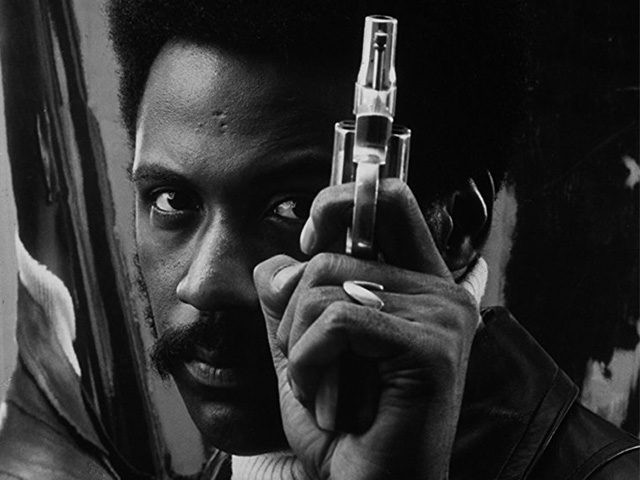
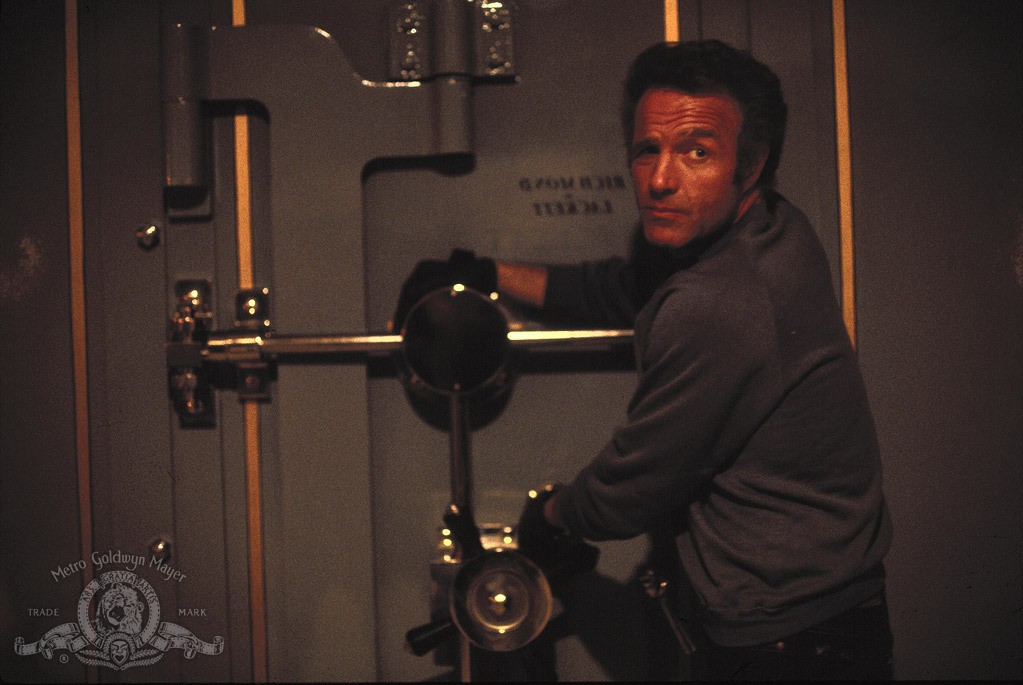
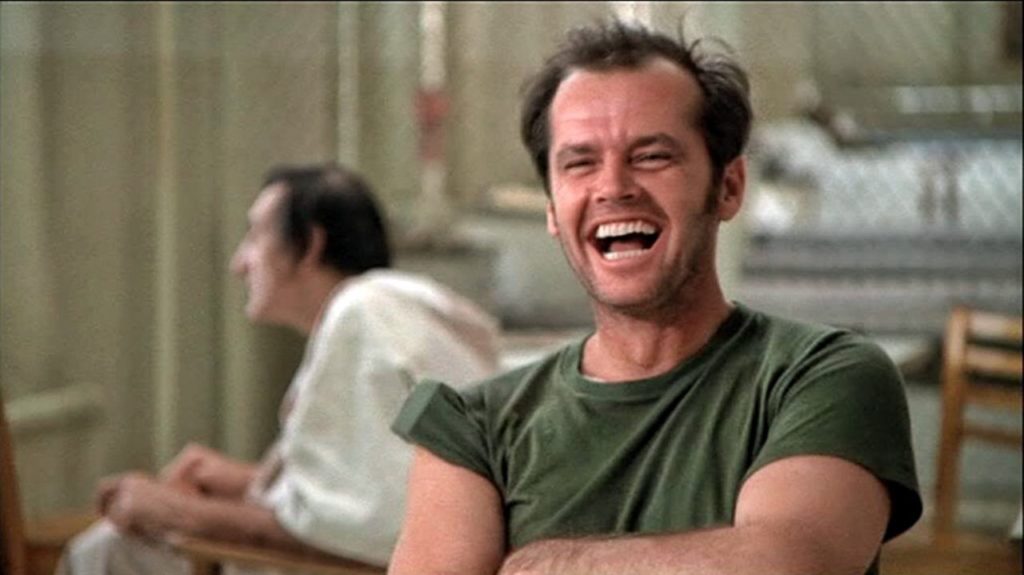
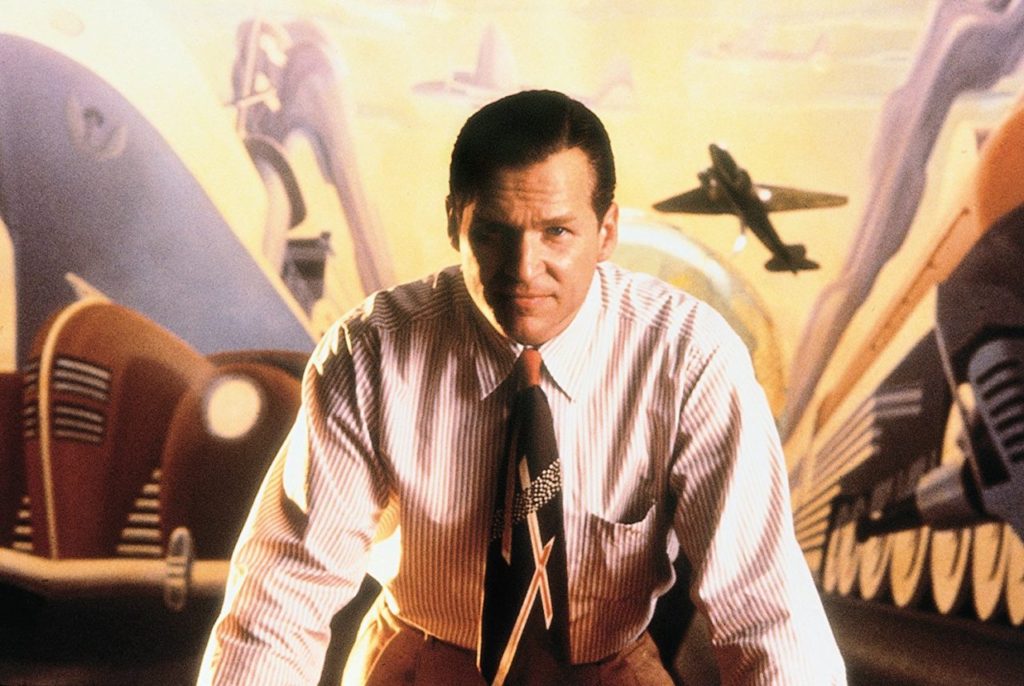
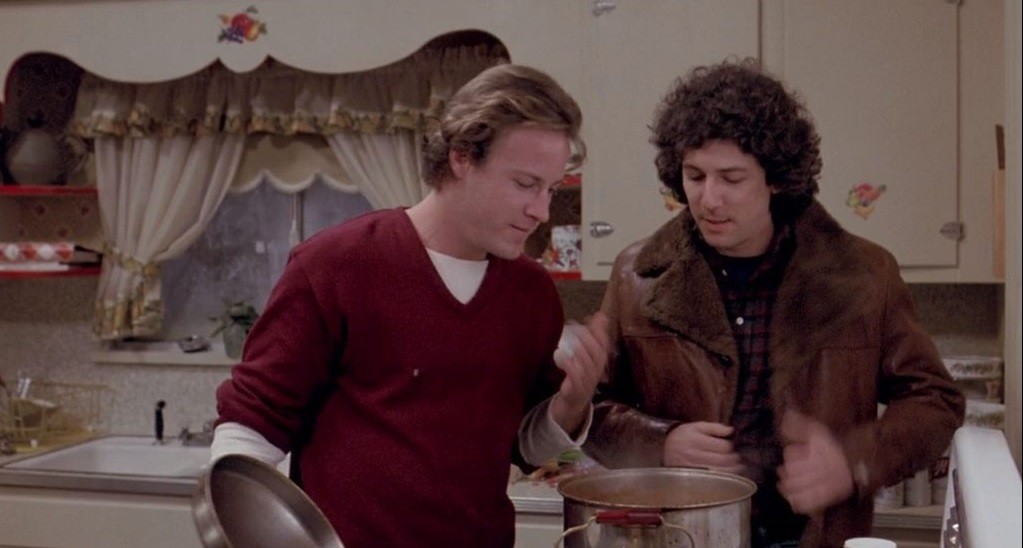

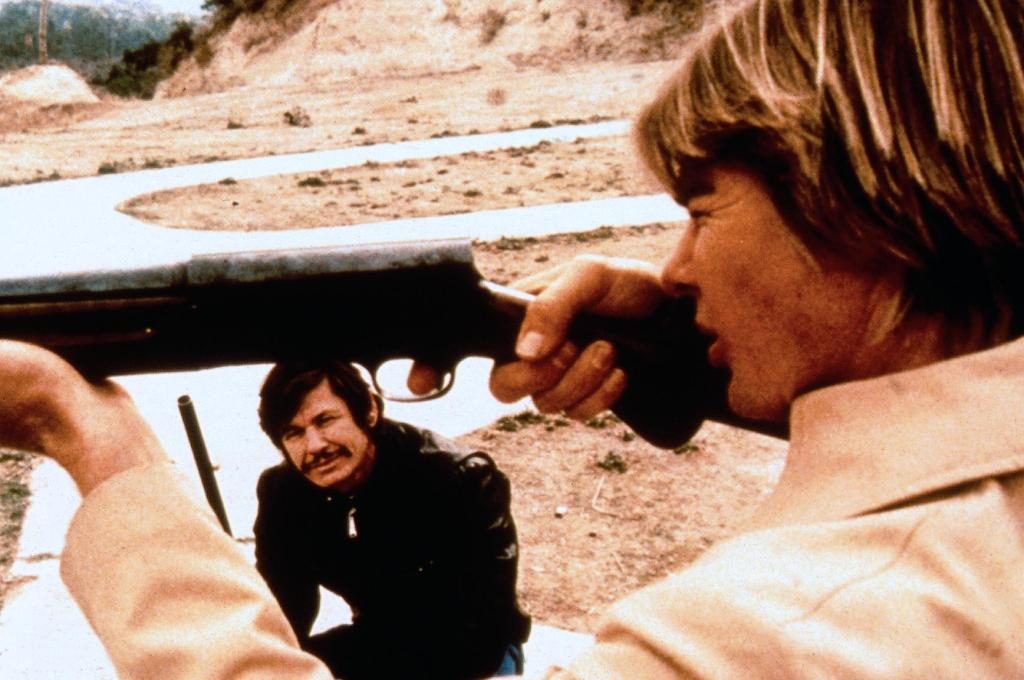
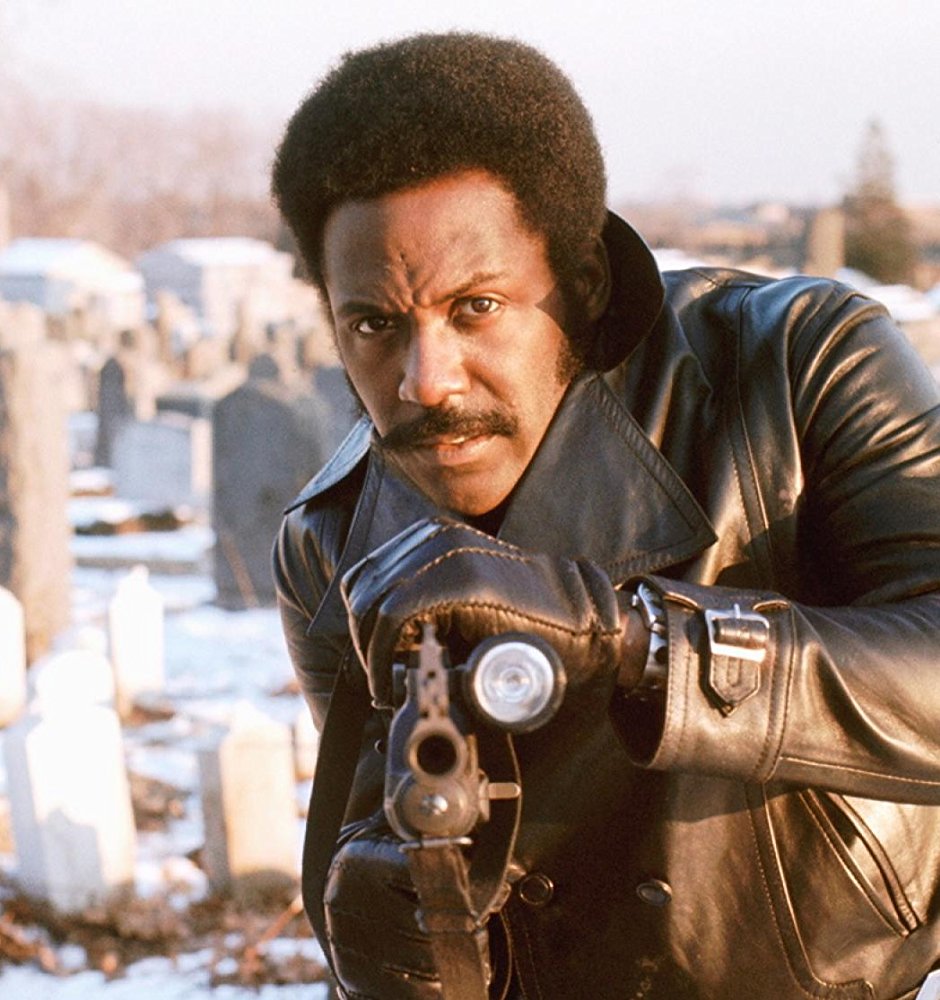

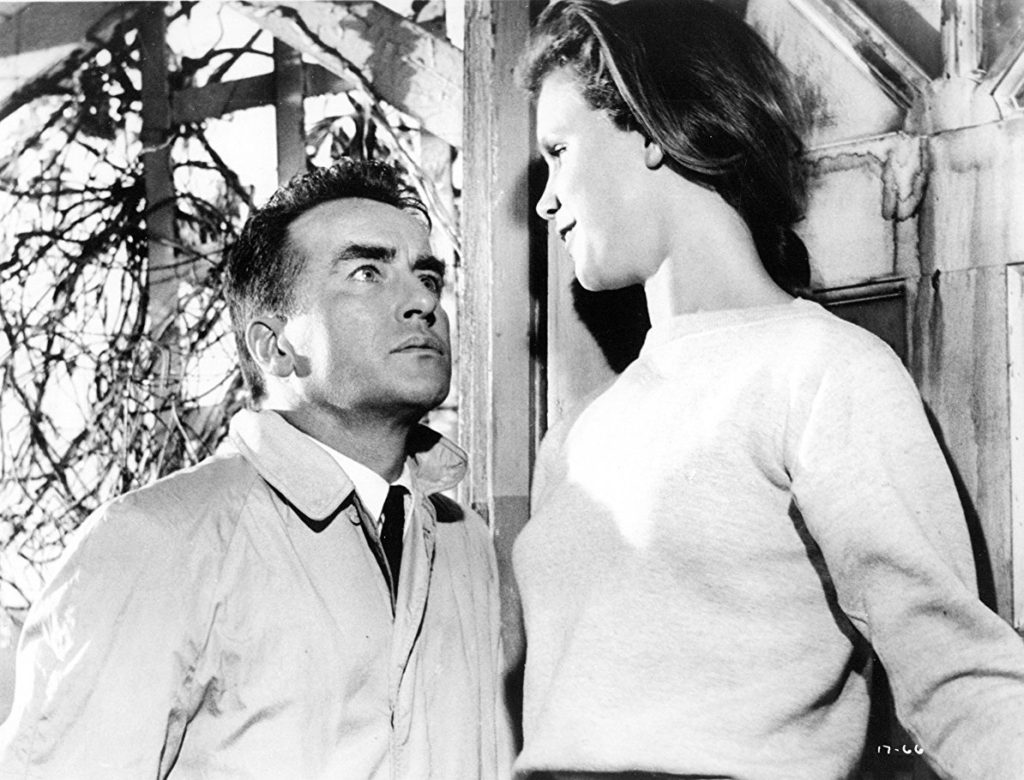
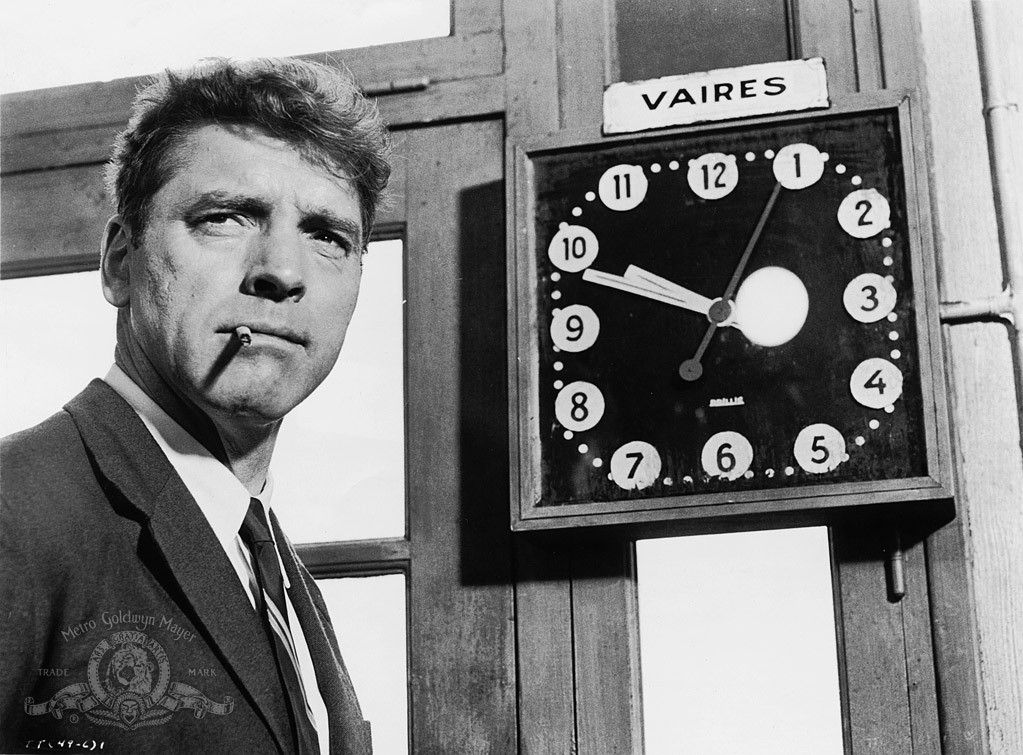
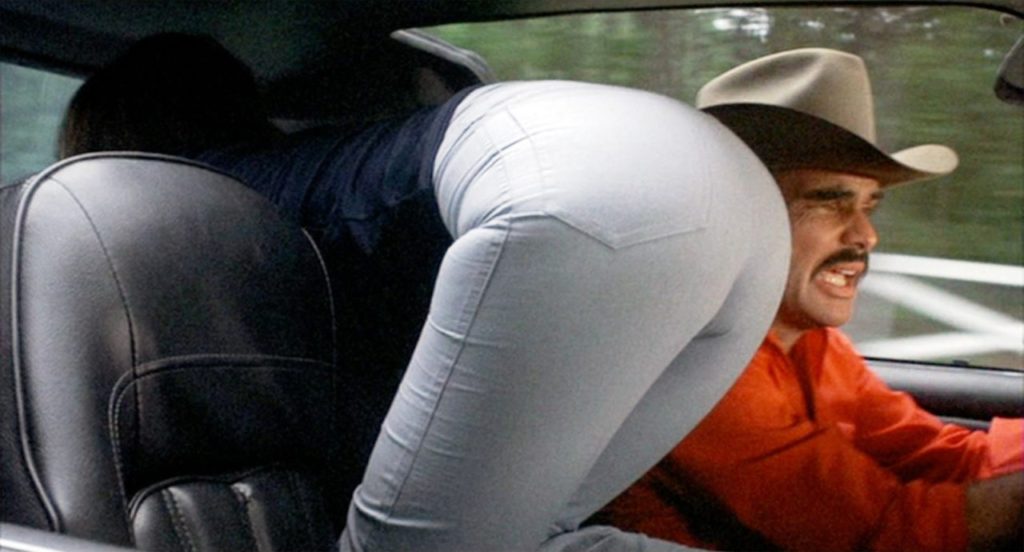
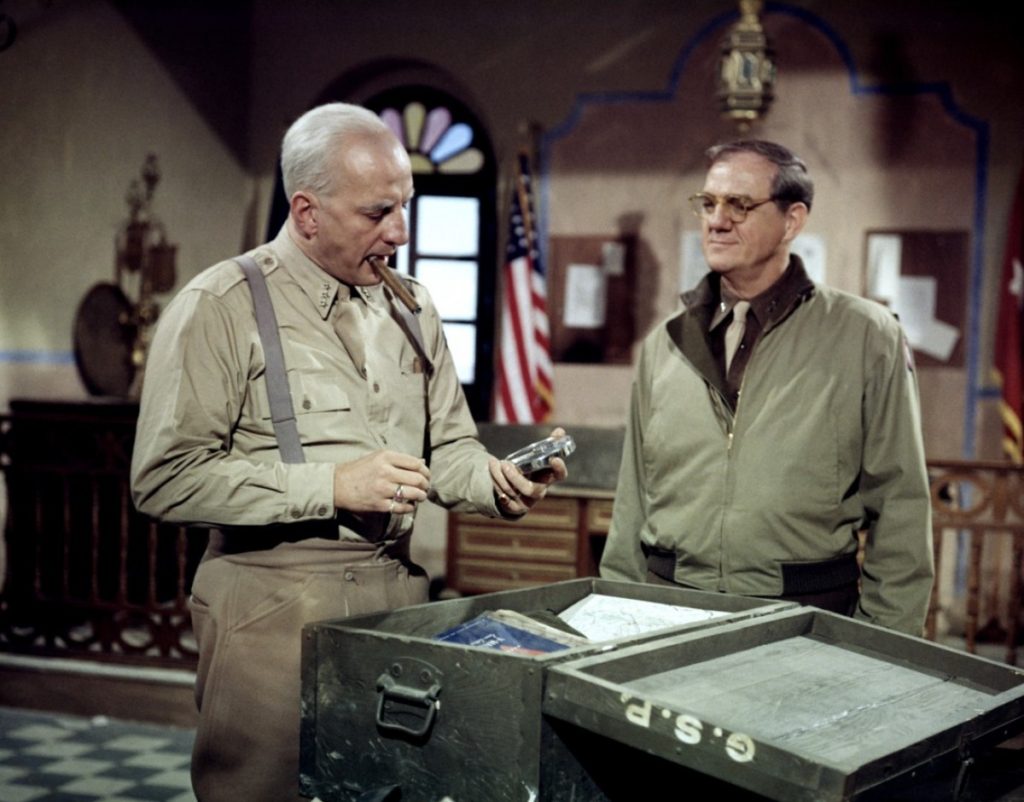
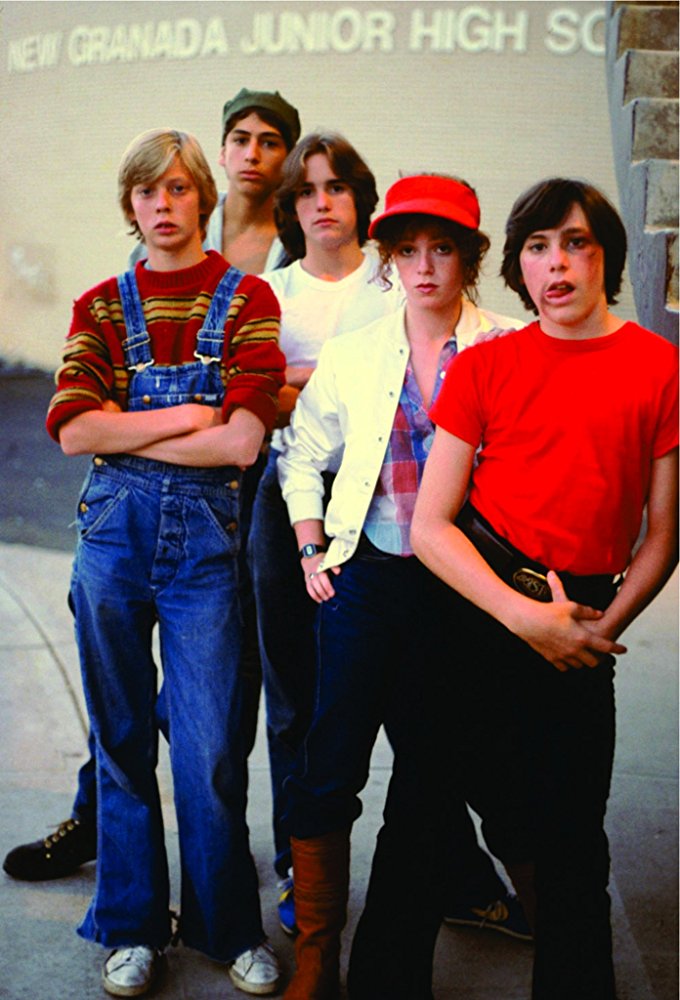

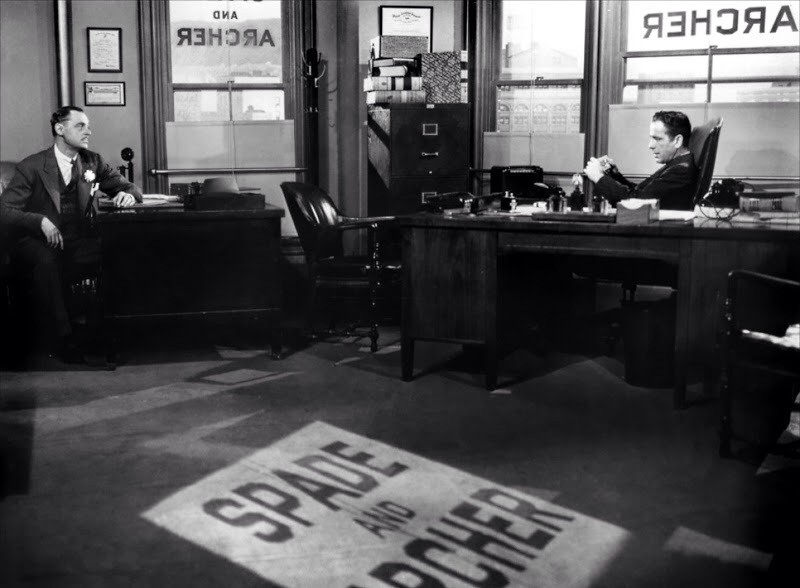

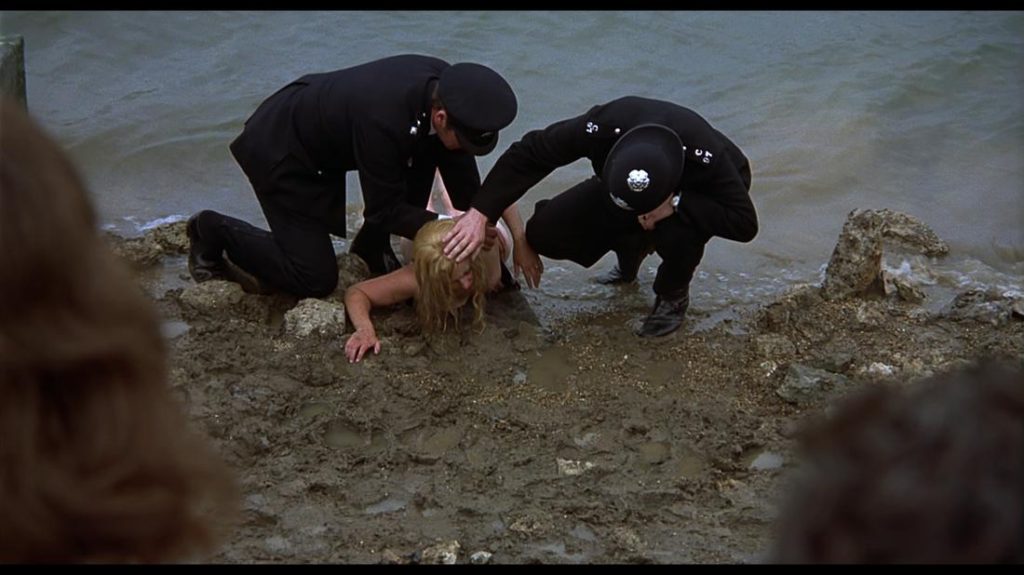
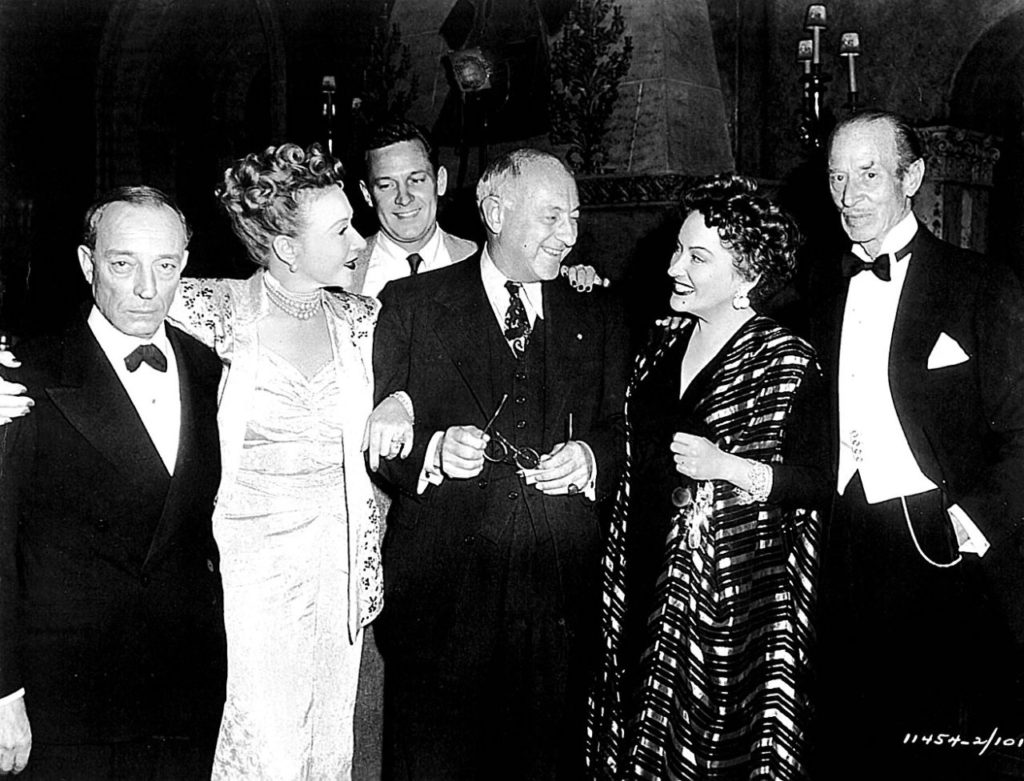
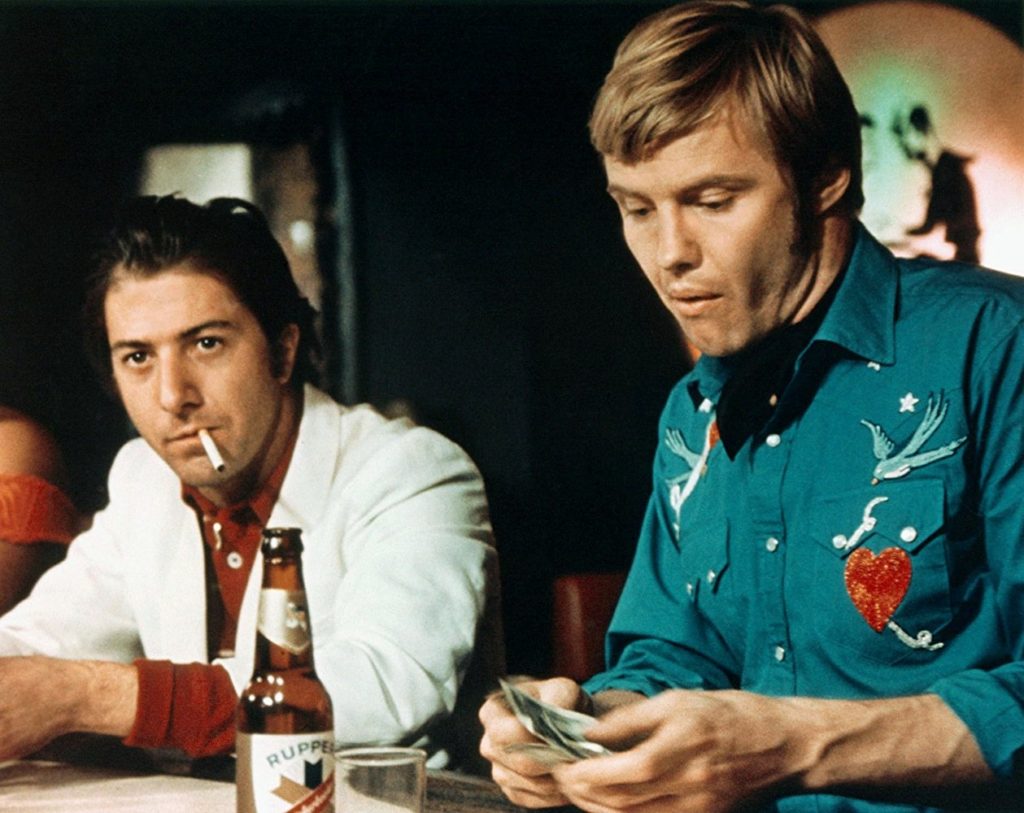
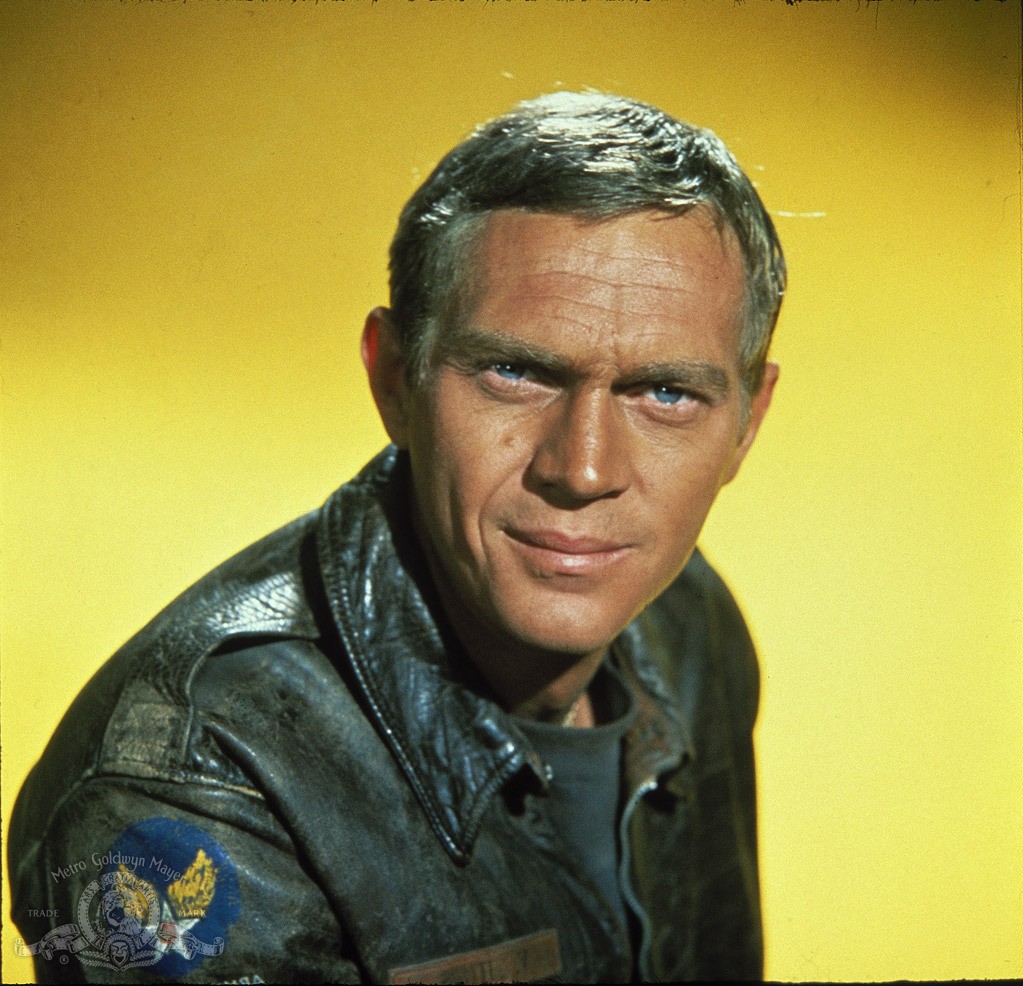



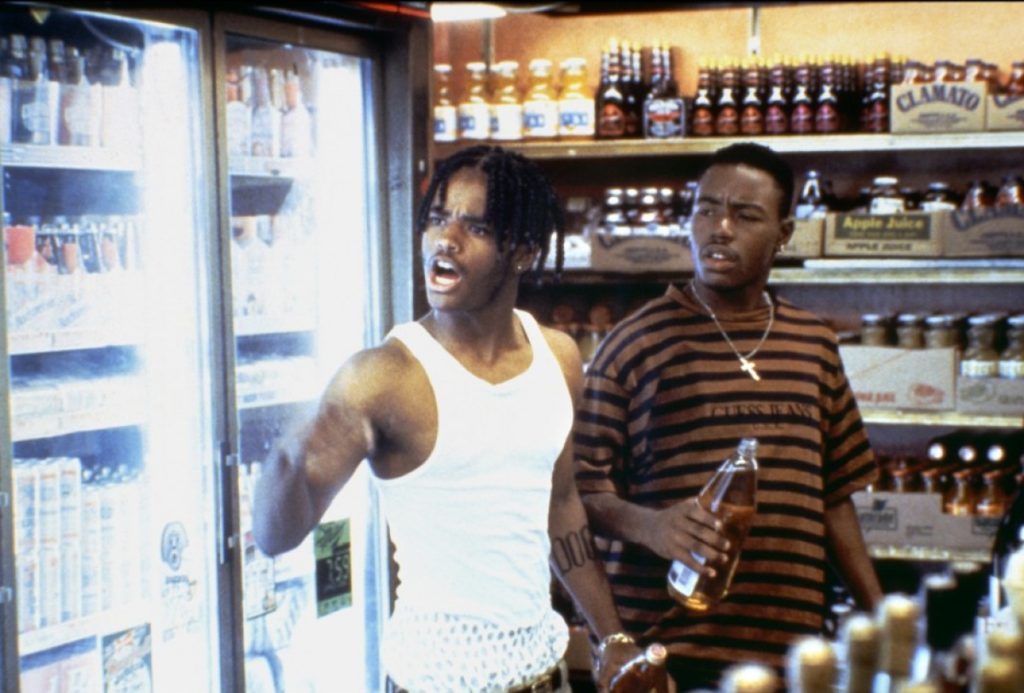

COMMENTS
Please let us know if you're having issues with commenting.